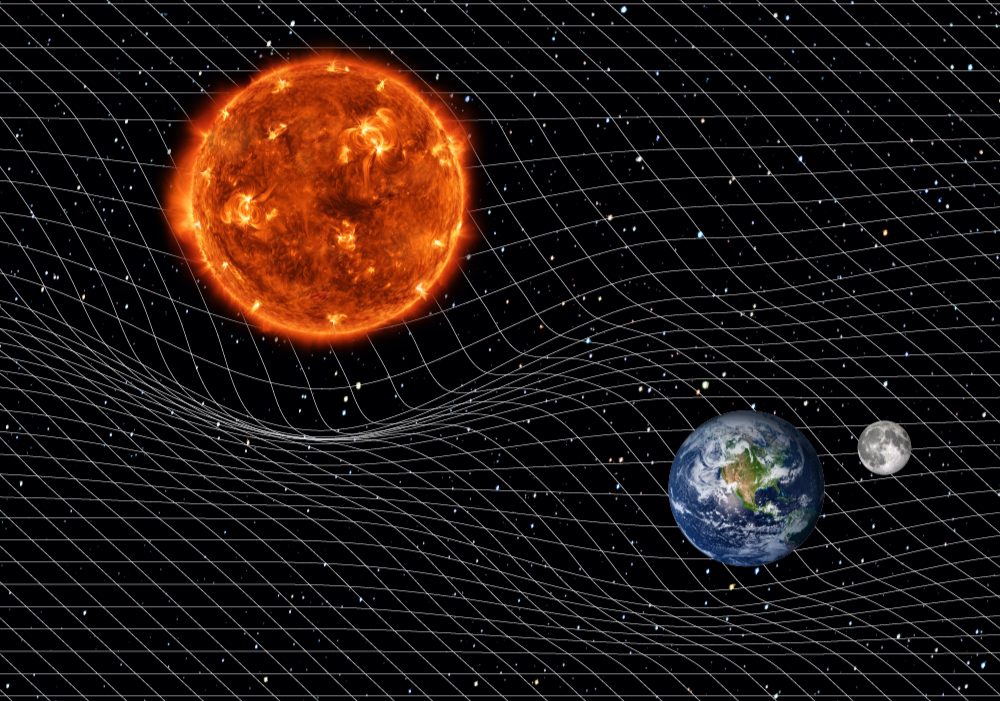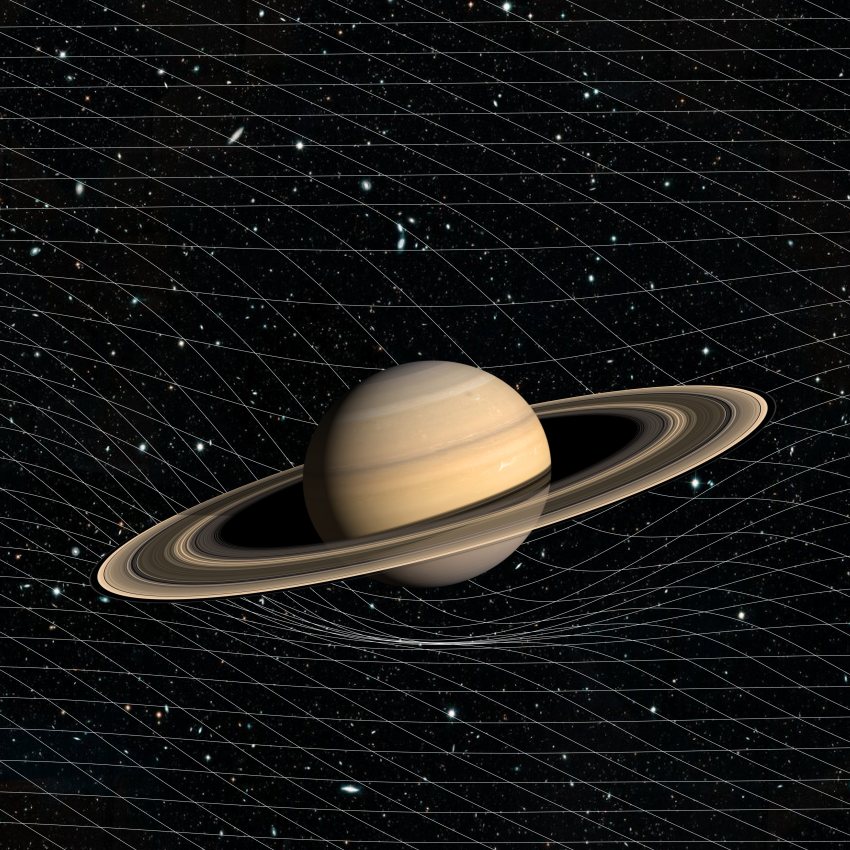In today’s post, We dive into one of the most intriguing concepts in science fiction and theoretical physics: bending time. and really how to bend time ?? From understanding the science behind time manipulation to exploring the potential real-world applications, this article will answer all your burning questions about how to bend time.Welcome to SpaceyV.com!
What Does It Mean How to Bend Time?
Bending time refers to altering the passage of time, either speeding it up, slowing it down, or even traveling through it. While this idea is a staple of science fiction, it is rooted in the real science of relativity and space-time.
Is Time Travel Possible?
Time travel, a form of bending time, is theoretically possible according to Einstein’s Theory of Relativity. The theory suggests that time is not a constant but can be affected by speed and gravity:
- Time Dilation: As an object approaches the speed of light, time slows down relative to an observer. This means that time can be “bent” by traveling at extremely high speeds.
- Gravitational Time Dilation: Time also slows down near massive objects due to their gravitational pull, a phenomenon observed near black holes.

How Can We Bend Time?
While we cannot bend time in the dramatic ways depicted in movies, here are some theoretical and practical methods discussed in physics:
1-Traveling at High Speeds:
According to Einstein’s Special Relativity, if you travel close to the speed of light, time for you would pass slower than for someone who remains stationary. This is a form of time bending called time dilation.

2-Using Wormholes:
Wormholes are hypothetical tunnels through space-time that could, in theory, connect two distant points in space and time. If they exist, wormholes could allow for shortcuts across the universe, potentially enabling time travel.
Harnessing Extreme Gravity:
Black holes, with their intense gravitational fields, warp space-time to such an extent that they could theoretically allow for time travel. However, entering a black hole would likely be fatal, making this an impractical method.
Quantum Mechanics:
The field of quantum mechanics introduces concepts like quantum entanglement and the possibility of particles existing in multiple states at once. Some theories suggest that these principles could be harnessed to affect time on a very small scale.
Can Humans Control Time?
Currently, humans cannot control time in the way we can control space. Time bending as described in science fiction—such as freezing time or traveling back to the past—is beyond our current technological capabilities. However, ongoing research in quantum physics and general relativity continues to explore the possibilities.
What Are the Real-World Implications of Bending Time?
Understanding and potentially controlling time could have profound implications:
- Space Travel: Time dilation could play a crucial role in long-duration space missions. Astronauts traveling at near-light speeds might experience time differently, aging slower than people on Earth.
- Communication: Understanding time manipulation could enhance our ability to communicate across vast distances in space.
- Technological Advancements: Advances in quantum computing and cryptography might one day allow us to harness the principles of quantum mechanics to manipulate time on a small scale.
Related Contents:
7 stages of the big bang theory
Why Is Time Bending Important in Science Fiction?
Time bending is a popular trope in science fiction because it allows writers to explore themes of causality, free will, and the nature of reality. From H.G. Wells’s “The Time Machine” to Christopher Nolan’s “Interstellar,” time bending serves as a powerful narrative device that challenges our understanding of the universe.
Is it possible to alter the flow of time?
What makes spacetime bend?
Conclusion: The Future of Bending Time
- Travel at High Speeds: Move close to the speed of light to experience time dilation, where time slows down relative to stationary observers.
- Utilize Strong Gravitational Fields: Approach massive objects like black holes, where intense gravity causes time to slow down.
- Explore Wormholes: Theoretical passages through space-time that could potentially connect distant points in time and space.
- Investigate Quantum Mechanics: Research quantum effects and phenomena that might offer insights into manipulating time on a subatomic level.
While the idea of bending time remains largely theoretical, it captures our imagination and drives scientific inquiry. As we continue to explore the mysteries of the universe, who knows what breakthroughs might await? Whether you’re a science enthusiast or a sci-fi fan, the concept of time bending invites us all to think about our place in the cosmos.





